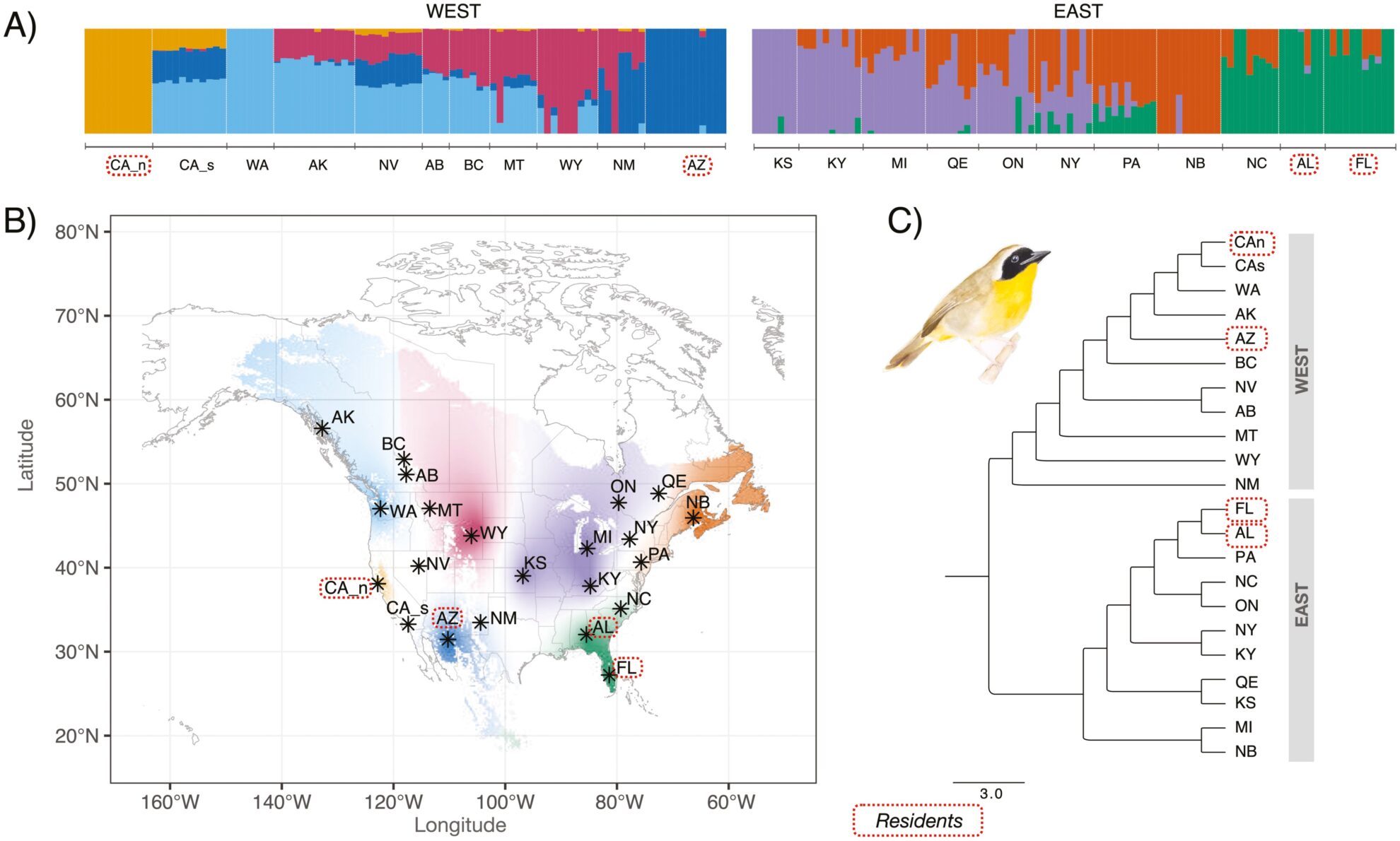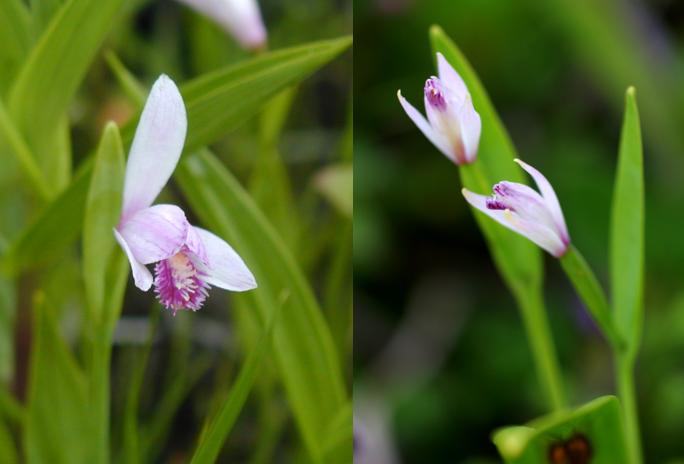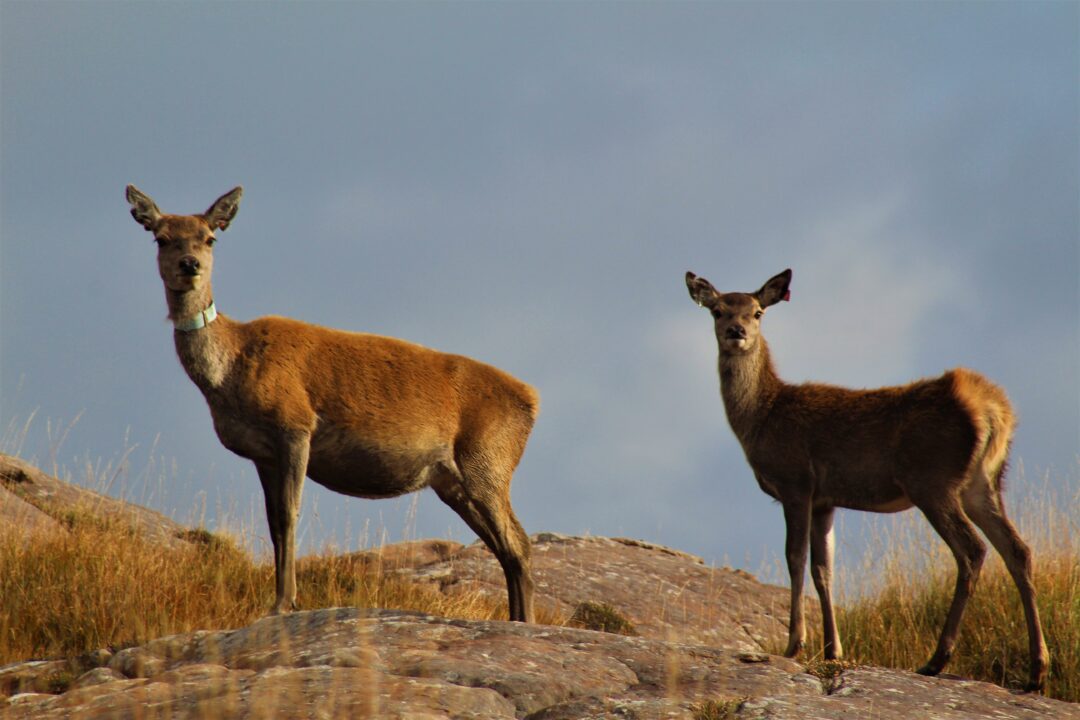Migration is one of nature’s most inspiring phenomena, with countless animals undertaking long journeys each year. Among these, birds have captivated scientists due to their remarkable ability to travel vast distances. Questions such as “What drives some birds to migrate across continents while others remain in one place?” and “Do the same genetic mechanisms drive migration across different populations and species?” have been central to research on this topic.
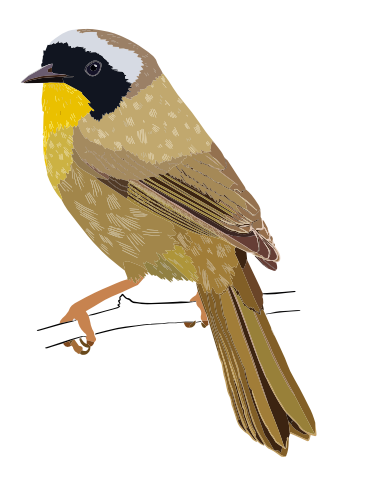
In our study, we examine the genetic basis of migration in the Common Yellowthroat, a small and brightly colored North American migratory songbird. This species is an ideal model for migration research because eastern and western clades within the species independently evolved both migratory and non-migratory forms. By comparing the genetic differences within and between these groups, we aim to identify genes associated with migration and assess how consistent they are across populations.
To investigate this, we conducted genetic analyses on 196 individuals from 22 locations across the species’ breeding range in the United States and Canada. We searched for genetic signals that might explain why some birds migrate while others do not, focusing on “candidate genes” known to play important roles in migration-related traits like energy metabolism and timing.
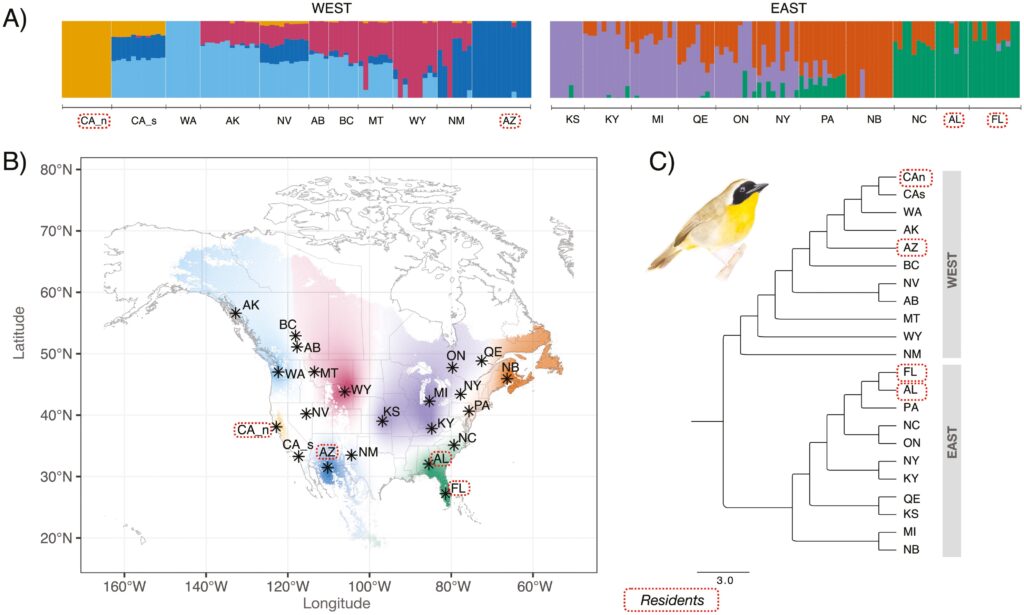
Interestingly, we found that while certain genes appeared repeatedly in both eastern and western populations, the specific genetic changes were not identical. This suggests two phenomena at play: parallel evolution, where different populations evolve similar traits resulting from the same genetic changes, and convergent evolution that occurs when different populations evolve similar traits independently but through different genetic pathways.
One of the most intriguing findings was the prominence of candidate genes linked to biological timekeeping in explaining the differences between migrant and resident forms. These genes are believed to help with fine-tuning the precise timing of migration in response to changing seasons. Our study uncovered evidence that similar genes were consistently under selection in both migratory groups, emphasizing their pivotal role in orchestrating the remarkable journeys of long-distance migratory movements.
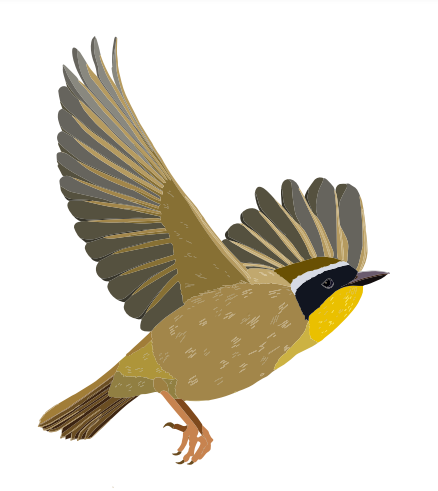
Overall, this work sheds light on the complex interplay of genetic factors in shaping animal movement and offers crucial insights into how species like the Common Yellowthroat may adapt—or struggle to adapt—to rapidly changing environmental conditions in the future.
